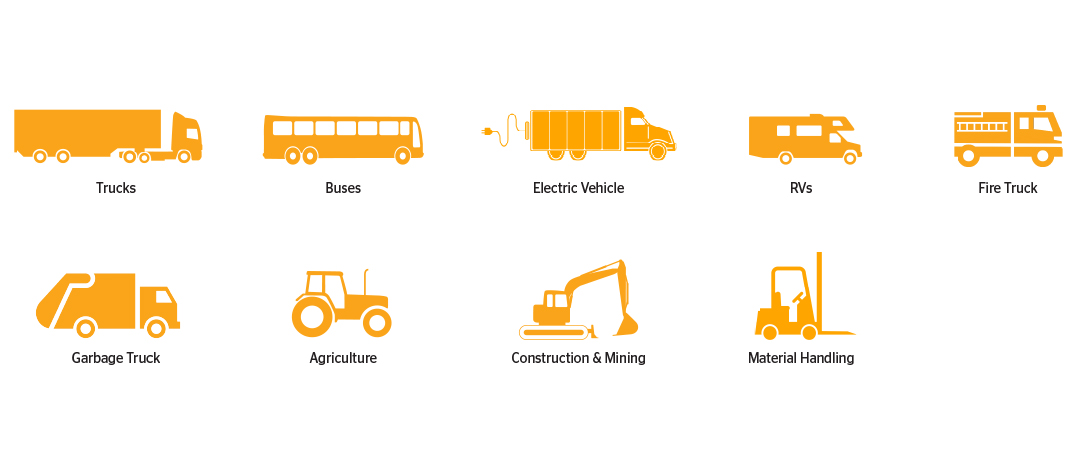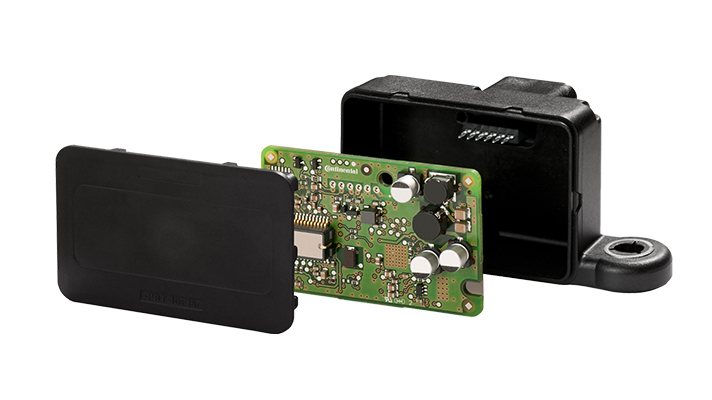
4DoF Inertial Sensor
Precise and reliable measurement
Sensors for electronically controlled safety functions are the eyes, ears and the antenna of a modern-day high-tech vehicle. Intelligent safety systems are inconceivable without them. The Inertial sensor continuously gathers key data on the vehicle’s motion, enabling the electronic system to monitor its state. The system measures the angular velocity on each axis (pitch, roll and yaw) as well as the acceleration along each axis (vertical, transverse and longitudinal). The data is sent to other control units via CAN using the standard J1939 protocol.

- Measurement directions in x-, y-, and z-axis
- Measurement of angular rate (z-axis)
- Measurement of lateral, longitudinal and vertical acceleration
- Distribution of measurement signals on CAN
- SAE J1939
- Lead free
Precise and reliable measurement
Sensors for electronically controlled safety functions are the eyes, ears and the antenna of a modern-day high-tech vehicle. Intelligent safety systems are inconceivable without them. The Inertial sensor continuously gathers key data on the vehicle’s motion, enabling the electronic system to monitor its state. The system measures the angular velocity on each axis (pitch, roll and yaw) as well as the acceleration along each axis (vertical, transverse and longitudinal). The data is sent to other control units via CAN using the standard J1939 protocol.

- Measurement directions in x-, y-, and z-axis
- Measurement of angular rate (z-axis)
- Measurement of lateral, longitudinal and vertical acceleration
- Distribution of measurement signals on CAN
- SAE J1939
- Lead free
